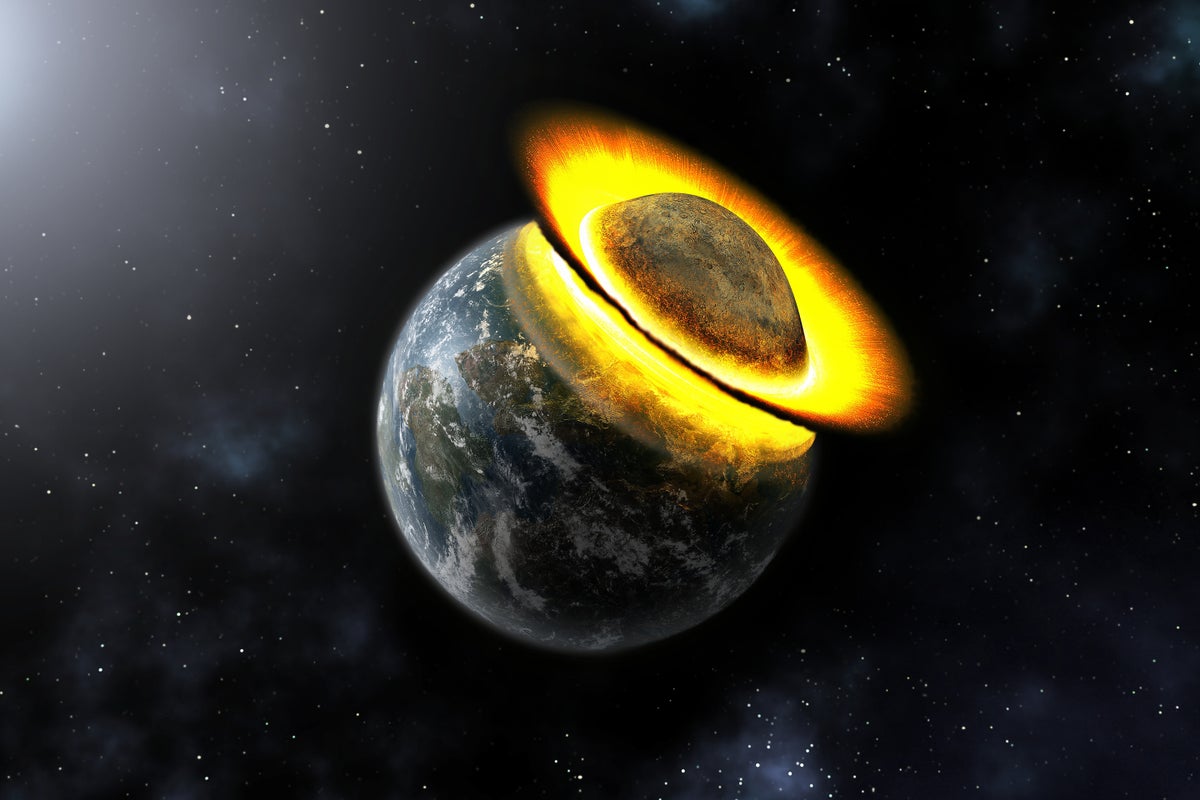
"The Milky Way is a paradox, filled with hundreds of billions of stars yet alarmingly empty, as the nearest star to the sun lies over four light-years away."
"About 80,000 years ago, Scholz's star skimmed past the sun at just 0.85 light-years. In 1.3 million years, Gliese 710 is set to come even closer."
The Milky Way galaxy presents a paradox of being densely populated yet vastly empty. It contains hundreds of billions of stars, with the nearest one, Proxima Centauri, over four light-years away. While certain areas like stellar clusters are crowded, the galactic suburbs feature stars that are spread out. Historically, stars have brushed past our solar system, with Scholz's star having passed 0.85 light-years away 80,000 years ago, and Gliese 710 expected to approach within 0.17 light-years in 1.3 million years, underlining the dynamic yet sparse nature of our cosmic neighborhood.
Read at www.scientificamerican.com
Unable to calculate read time
Collection
[
|
...
]